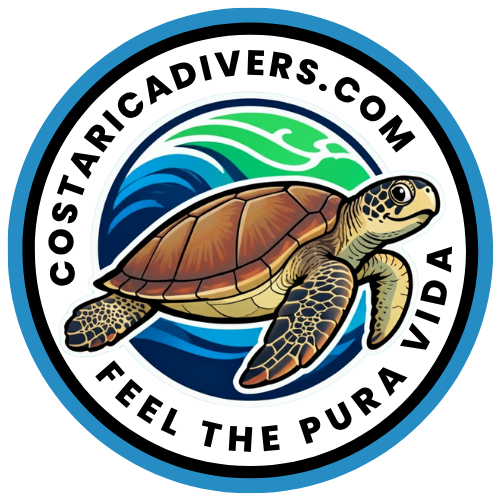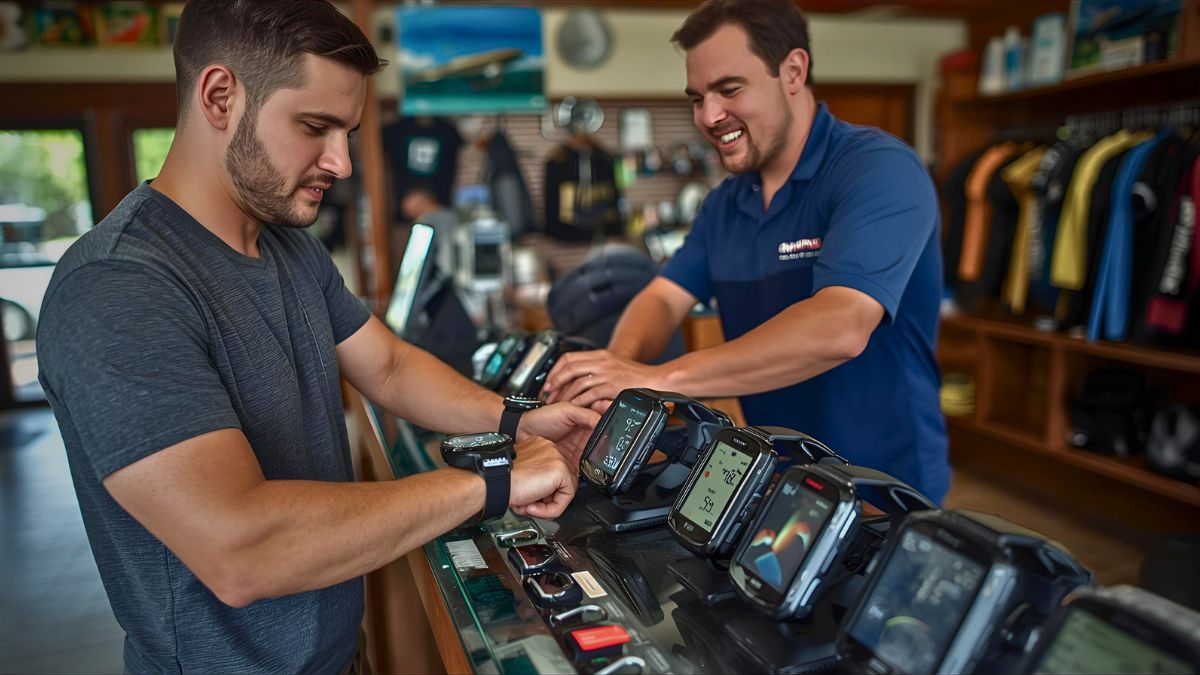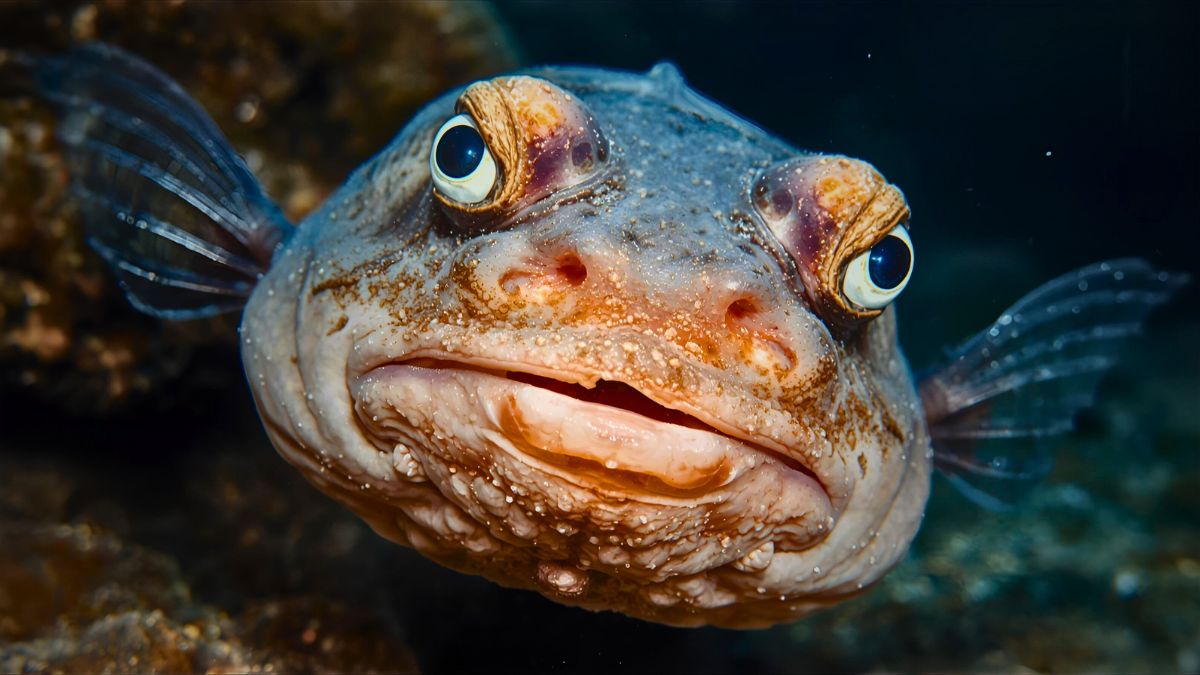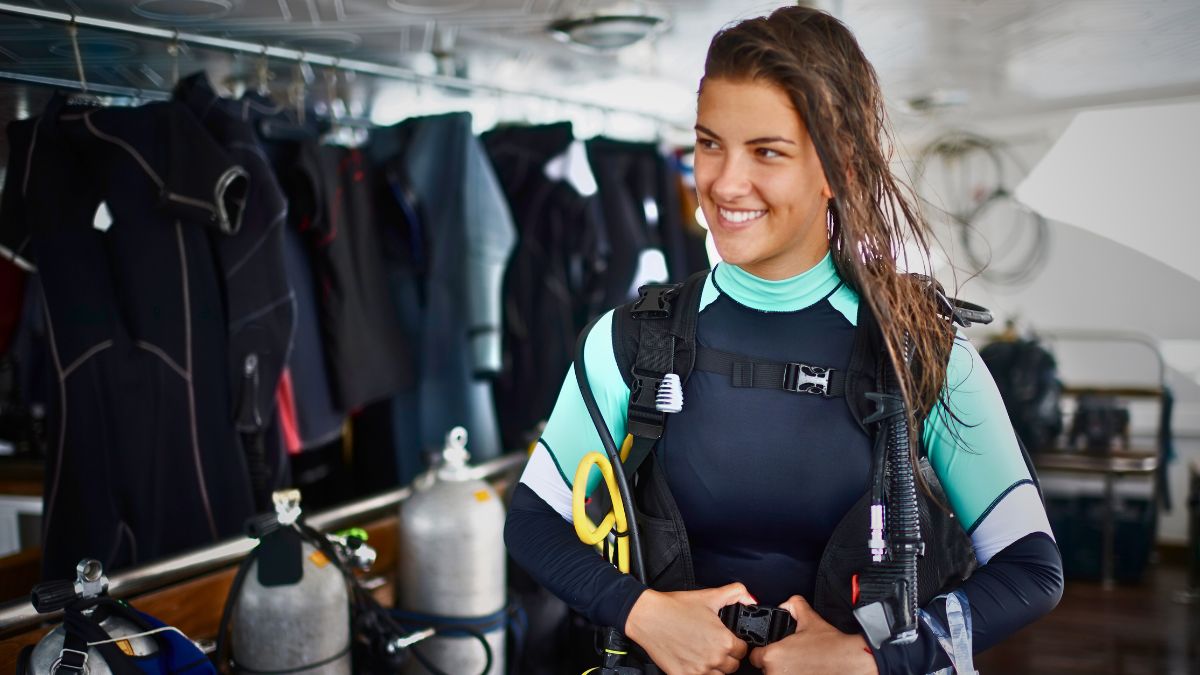The PADI course is one of the best ways to become a certified diver. It teaches you the basics of diving and all the safety rules you need to know. Today I will walk you through everything about the PADI Open Water Course and show you exactly how to get your first diving license.
If you are thinking about taking a PADI Open Water Course, this guide is for you.
The PADI scuba diving course opens the door to the underwater world and gives you knowledge, skills, and an international diver’s license. The course is not difficult at all and is available to anyone from 10 years old to seniors. If you still have doubts about taking a diving course, let me clear them up. Let’s get started.
What Is the PADI Open Water Course?
PADI stands for Professional Association of Diving Instructors, and it is the world’s largest and most recognized dive training organization. More than 28 million people have earned their PADI certification since the organization was founded. When you complete the PADI Open Water Course, you receive a certification that is valid in over 180 countries worldwide.
This scuba diving certification allows you to dive independently to a maximum depth of 18 meters (about 60 feet) without professional supervision. You can rent equipment at any dive center in the world, join guided dives, or explore on your own with a buddy. The license is yours for life and never expires.
The course is designed for beginners with no prior diving experience. You do not need to be a strong swimmer or an athlete. If you can swim comfortably and are reasonably healthy, you can take the course. The minimum age is 10 years old, and there is no upper age limit. Children aged 10 to 14 earn a Junior Open Water Diver certification, which can be upgraded to a full certification at age 15.
Did you know? PADI has certified over 28 million divers since 1966, making it the largest recreational diving membership organization in the world. That means PADI divers form a global community you can join anywhere on the planet.
The Three Parts of the PADI Open Water Course
The PADI Open Water Course is divided into three main parts. Each part builds on the previous one and prepares you step by step for independent diving. Let me explain what happens in each part so you know exactly what to expect.
Part 1 – Theoretical Training and PADI eLearning
Your diving course begins with the theoretical part, where you learn the essential basics of diving in a simple way. Unlike in the past when everything had to be learned from thick textbooks, today we have the PADI eLearning package. This allows you to study at home in a very intuitive way.
The eLearning platform includes videos, graphics, interactive quizzes, and clear explanations. You will learn about the physics of diving, how pressure affects your body, how to use diving equipment, and what safety rules you must follow. The course is divided into five modules, and each one ends with a short quiz to check your understanding.
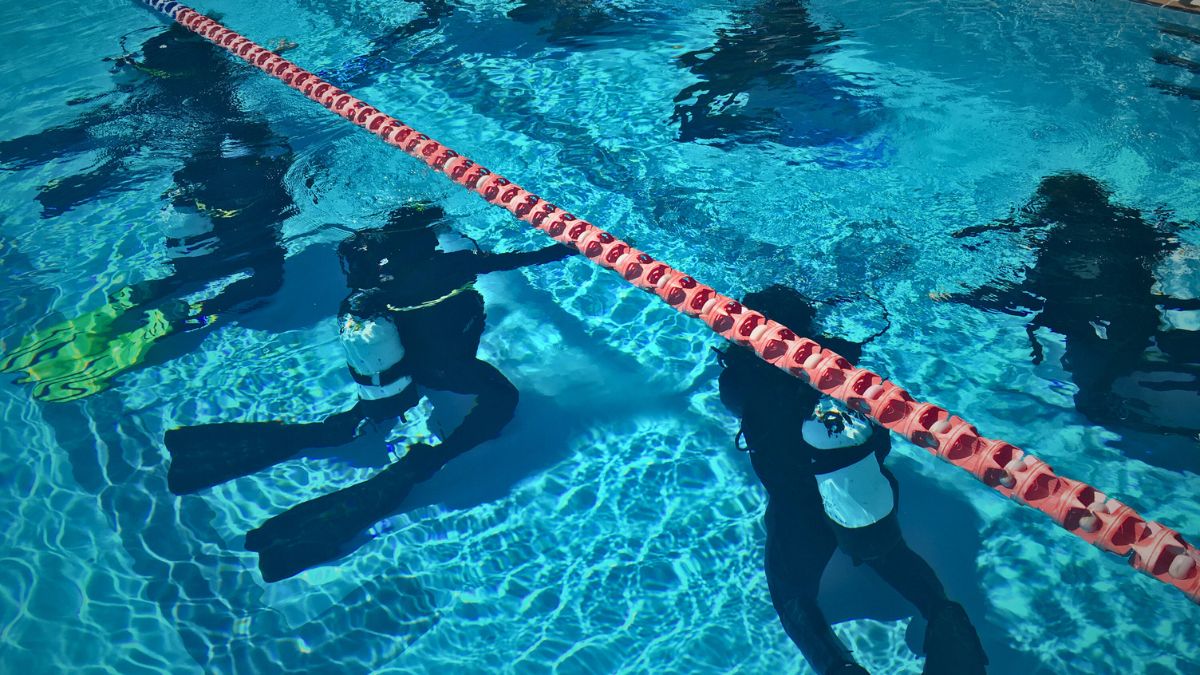
Theoretical diving training
The theory portion usually takes between 6 and 8 hours to complete, but you can work at your own pace. You can study on your computer, tablet, or smartphone. There is no rush. Once you finish all five modules, you will take a final exam. You need to score at least 75 percent to pass, but most students do much better because the material is presented clearly.
This part is not boring. PADI designed the eLearning to be engaging and interactive. You will see that learning about diving is actually fun, especially when you realize how soon you will be using this knowledge underwater.
Part 2 – Confined Water Training in the Pool
The next stage of the PADI Open Water Course is practical training in a pool or confined water area. This is where you learn how to operate diving equipment, assemble it correctly, use the dive regulator, and perform many important exercises. This will probably be your first contact with scuba gear, and you will love it from the first moment.
During the pool sessions, you will complete five confined water dives. Each dive focuses on specific skills. You will learn how to clear your mask underwater, recover your regulator if it comes out of your mouth, control your buoyancy, and handle different situations you might encounter while diving. Your instructor will be right next to you the whole time, guiding you through each exercise.
You will practice various diving exercises in the pool.
Some exercises might seem a bit strange at first. For example, you will practice removing your mask completely underwater and putting it back on. You will also practice breathing from another diver’s tank in case of emergency. These skills are essential for safe diving. The goal is to make you comfortable and confident handling any situation that might come up during a real dive.
If you have any questions or feel unsure about anything, your instructor will be happy to answer and help you practice until you feel comfortable. There is no time limit. Some students move faster, others need more time, and that is completely normal. What matters is that you master each skill before moving on.
You will perform some of these exercises again later in the ocean during your open water dives. All the exercises in the PADI course are designed to teach you how to dive safely and be a good diver.
Part 3 – Open Water Dives in the Ocean
After completing the theoretical part and pool activities, it is time for what we have all been waiting for. Diving in the ocean! As part of the PADI Open Water Course, you must complete a minimum of four dives in open water. These are usually split into two dive days, and you will do two dives on each of those days.
During these dives, you will repeat some of the exercises you already know from the pool session. You will also perform additional tasks on the surface and practice proper dive planning with your instructor. The purpose of these dives is to teach you the entire procedure for a safe dive and ascent. You will also practice handling the equipment in real conditions and maintaining perfect buoyancy.
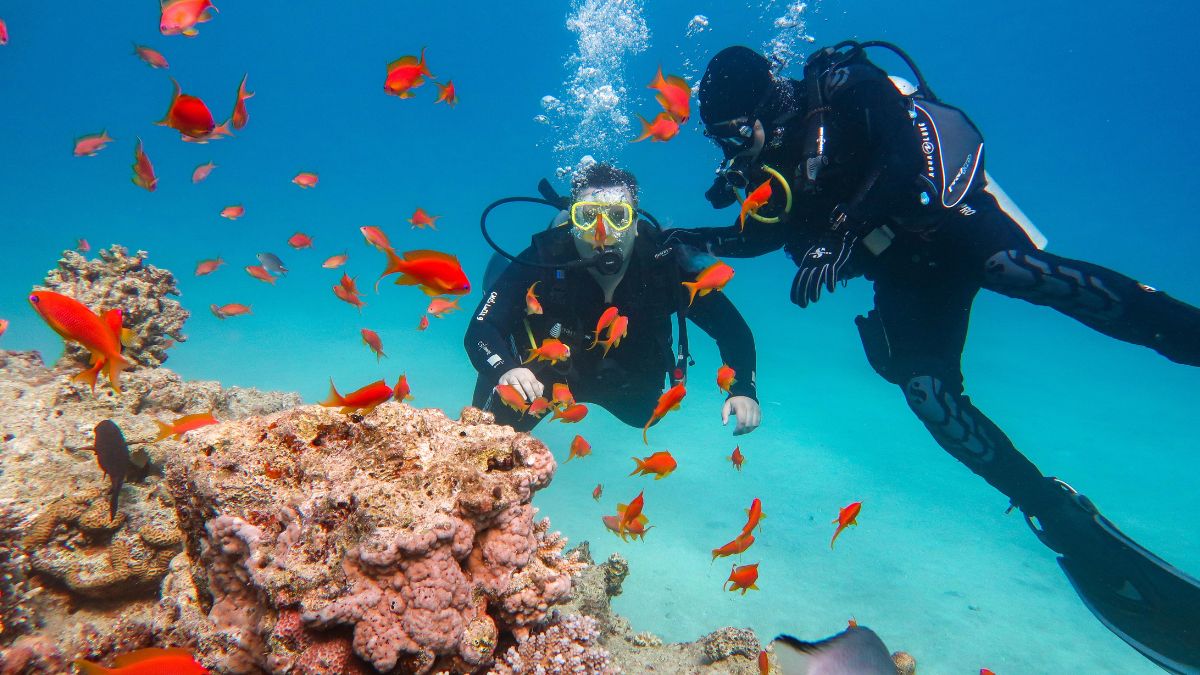
But here is the best part. While you are practicing your skills, you are also exploring the underwater world. You will see fish, coral, and marine life up close. You will experience the incredible feeling of weightlessness and 360 degrees of freedom. It will be an amazing adventure.
In Costa Rica, we usually do these open water dives at some of the most beautiful dive sites in the Pacific. The water is warm, visibility is good, and the marine life is incredible. You might see sea turtles, rays, colorful fish, and sometimes even dolphins or whales in the distance.
Your instructor will stay close to you during all four dives. If you have any problems or questions, help is always right there. Most students find the open water dives easier than they expected because they are already comfortable with the skills from the pool training.
Fun fact: The longest recorded scuba dive lasted over 49 hours, but your PADI Open Water dives will be much shorter—usually 30 to 45 minutes each. That gives you plenty of time to enjoy the underwater world without getting cold or tired.
What Happens After You Complete the PADI Course?
After completing all three parts of the diving course, your instructor will fill out the necessary documents and you will receive your PADI license. This license confirms that you have all the skills at the basic level of diving and can safely perform dives to a depth of 18 meters.
The license will be issued with your photo and a unique diver number. This allows any dive center in the world to confirm your skills and level of training. Your certification is recognized globally, so you can dive anywhere from the Caribbean to Maldives, from the Red Sea to Australia. As long as your credentials allow you to dive at a particular site, you are free to go.
The certification card is yours for life. It never expires. However, if you take a long break from diving (six months or more), it is a good idea to do a refresher course before jumping back in. Diving skills need practice to stay sharp, just like any other activity.
How Much Does the PADI Open Water Course Cost?
The cost of the PADI Open Water Course varies depending on location, but in Costa Rica you can expect to pay between $400 and $750 for the complete course. This usually includes the PADI eLearning materials, all pool sessions, the four open water dives, equipment rental, and your certification fees.
Some dive centers offer lower prices, but be careful. A cheaper diving course has to save money somewhere. That might mean larger class sizes, less experienced instructors, rushed training, or older equipment. I have seen it many times, and it is not worth the risk.
Quality training is an investment in your safety and your future as a diver. When you learn properly from the beginning, you build good habits and solid skills that will serve you for the rest of your diving life. When you cut corners, you might get a certification card, but you will not have the confidence or competence to dive safely and enjoyably.
How to Choose the Right Dive Center for Your PADI Course
Choosing the right dive center for your PADI Open Water Course is one of the most important decisions you will make. Not all dive centers are the same, and the quality of your training will affect your entire diving future.
Personally, I am a diving instructor with many years of experience, and I have trained hundreds of divers at all levels. I love my job and introducing new people to the world of diving. But I have to be honest with you. Diving is also a business and a way to make money, and that is perfectly fine. The problem arises when the desire to make money outweighs the desire to teach properly. That leads to shortcuts.

You get what you pay for
Are some dive centers able to do less, do it faster, and do it poorly? Of course they can, and every diving instructor knows it. But no one at our diving center cares about producing certificates quickly. From the very beginning, we knew we are not building a factory of cheap certificates. We are building a legend. And you can be a part of it.
I always repeat the same thing to my students at the beginning of each course: “On your license, there is also my name. And I do not want to be ashamed of it.” That is the mindset you should look for in a dive center. Find instructors who care about your success, not just about getting you through the course as fast as possible.
What Comes Next After Getting Your PADI Open Water Certification?
Diving is a never-ending adventure, and there is always something new to discover and learn. If you have already completed the PADI course and obtained your first license, now it is time to think about the next level. The next step is usually the Advanced Open Water Diver course, where you will learn more skills and techniques for exciting dives.
The Advanced Open Water course includes specialty dives like deep diving, navigation, night diving, and wreck diving. You can choose which specialties interest you most. Each one opens up new possibilities and new dive sites you can explore.
Talk to a good diving instructor about what to invest your time in and what diving niches to start exploring. Perhaps you will be the next person to set a world record in diving, or maybe you will just enjoy exploring beautiful reefs and making memories with friends. Either way, your PADI Open Water Course is the first step.
Frequently Asked Questions
Is the PADI Open Water Course Difficult?
No, the PADI Open Water Course is not difficult. It is designed for complete beginners with no prior diving experience. The theory is presented in a simple, clear way, and the practical skills are taught step by step. Children as young as 10 years old successfully complete the course, so if you can swim comfortably and follow instructions, you can do it too.
How Long Does the PADI Course Take?
The PADI Open Water Course usually takes 3 to 5 days to complete. The eLearning theory portion takes 6 to 8 hours and can be done at your own pace before you arrive. Pool training typically takes 1 to 2 days, and the open water dives are done over 2 days. Some dive centers offer flexible schedules, so you can spread the training out over a longer period if needed.
Do I Need to Be a Strong Swimmer?
You do not need to be a competitive swimmer, but you should be comfortable in the water. PADI requires that you can swim 200 meters (or 300 meters with mask, fins, and snorkel) without stopping, and that you can tread water for 10 minutes. If you can do that, you are ready for the course.
What If I Have Health Issues?
Before starting the course, you will fill out a medical questionnaire. Some health conditions require a doctor’s approval before you can dive. These include heart problems, lung conditions, diabetes, and a history of seizures. If you have any concerns, consult with your doctor and your dive instructor before signing up.
Can I Wear Glasses or Contact Lenses While Diving?
Yes, you can. Many divers wear contact lenses underwater without any problems. You can also get a prescription dive mask with corrective lenses built in. If you lose a contact lens underwater, you can simply close that eye and continue the dive using the other eye until you surface.
Sources and References
The information in this article is based on official PADI standards and the author’s professional experience as a certified PADI instructor. Additional information was verified using the following sources:
- PADI Official Website – Professional Association of Diving Instructors
- Divers Alert Network (DAN) – Diving Safety and Medical Information
- PADI Course Standards and Procedures Manual (latest edition)
- Years of teaching and diving around the world
